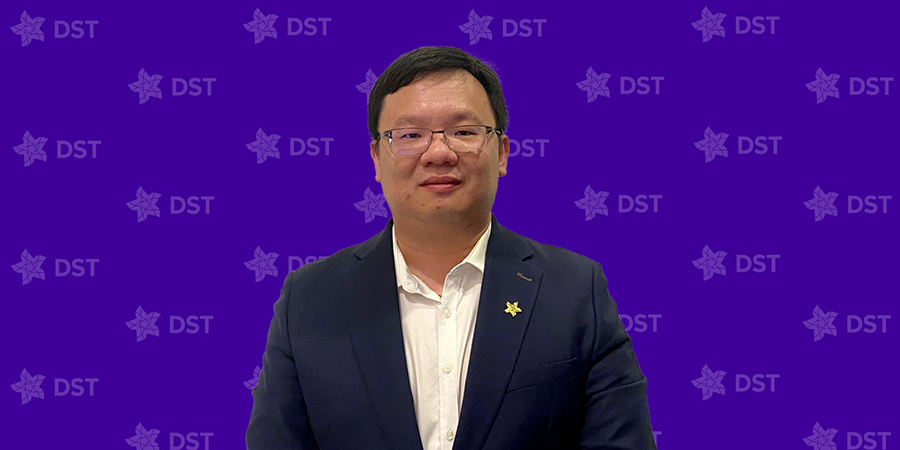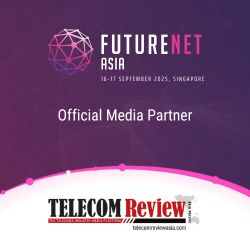In an exclusive interview with Telecom Review Asia, Datastream Digital Sdn Bhd (DST), Chief Information Officer, Boon Ho “Andy” Lai, discussed the various strategic and operational aspects DST is implementing as it navigates the dynamic telecommunications landscape. Lai also discussed DST’s long-term vision beyond its role as a telecommunications provider, as well as its vision for the future of connectivity through digitalisation.
With the launch of DST’s Bruneian-developed digital telco, CRM, how do you envision this tool redefining the traditional telco-customer relationship?
When we first built these tools, we realised that there are a lot of telcos actually focusing on product-centric customer service. During our transformation, we found that the world is coming together to implement e-identity. E-identity is customer-centric (i.e. I need to know all my customers, rather than I need to know the product and the customers).
When we introduced customer centricity, we initiated a tender process but discovered that many systems were fragmented—mobile vendors were separate from fiber vendors. This led us to develop our own solution in collaboration with MultiSys, and we’re pleased with the results. Now, we can view customers' entire product portfolios seamlessly.
However, we realised that retaining customers, especially for DST as the largest telco, is the most challenging and costly aspect. One critical element for retention is creating an integrated ecosystem. By combining mobile services, digital wallets, and government services into one super app, customers are less likely to leave, even if our pricing is slightly higher than competitors.
I think the new generation believes that value is what they pay for. This is something that we are hoping our system will help with during the transformation of big companies.
How does DST incorporate sustainability into its digital and telecommunications strategies? And how does DST balance adopting global technological trends with the specific needs and preferences of your market?
There are three forms of transformation occurring. The first layer is the network layer, and the application layer separates the IT stack. The second layer encompasses actually moving to the cloud.
Before our transformation, we always bought new hardware to accommodate the numbers. Buying new hardware is not sustainable. At that time, we had 36 or more servers, so we decided to migrate everything to the cloud. Once we migrated to the cloud and shared services, we saw proven numbers that demonstrated our commitment to sustainability on this journey.
Many companies tend to focus heavily on technology, chasing the latest trends like blockchain or other emerging innovations. However, DST's approach differs. We understand that technology alone isn't enough to retain customers. What truly drives retention is the overall customer experience throughout the entire system.
For instance, introducing a blockchain wallet and a regular wallet might just appear as two wallets to a customer. The real question is: why does the customer experience matter? This is where technology serves a purpose. Our focus isn't just on the tech itself but on how it enhances the customer experience and aligns with our business objectives. Without those key elements, technology on its own lacks impact. That's why our priority has always been creating a valuable experience for customers, rather than simply offering them a blockchain solution that doesn’t truly meet their needs.
How can DST leverage digitalisation to anticipate and shape the future of connectivity in ways that go beyond traditional telecommunication services?
In 2019, when our infrastructure was consolidated nationally, transitioning from a traditional telco to an asset-light operator, has sparked our drive to modernise our entire infrastructure. When we transitioned from a telco to a techco, our primary goal was to modernise the processes for both our employees and customers. Instead of upgrading branch by branch, we centralised our efforts, integrating systems to work cohesively. This allowed us to streamline operations and today, our processes are lean and fully automated, with systems communicating seamlessly.
A crucial insight from a report emphasised that a successful digital transformation requires distributing employee focus effectively: 50% on digital and development, 30% on business, and 20% on areas like marketing and compliance. This structure has made DST agile, enabling us to deploy new products in as little as two weeks to a month.
What is your long-term vision for DST beyond being a telecommunications provider?
We were having a debate, and asked ourselves this: ‘Who are we?’ Are we an MVNO (Mobile Virtual Network Operator)? Or are we an MVNE (Mobile Virtual Network Enabler). Then we realised that in Brunei, we are an MVNO, however, the new product that we developed with MultiSys is actually an MVNE, and this product can actually digitise a country.
For example, in Brunei, we have segregated the network and we have connected and made a standard layer to connect to the network element. This trend is happening around the world, and they don't really care about the network; all they care about is the customer experience and the customers’ pain point.
I think that this will be the long-term vision for us. We will build our use case and our experience into this system and share it across the world, then, whenever the people who use the platform have any pain points, we’ll integrate them into the system to improve it continuously.
Our approach emphasizes understanding pain points before building any system. While telecom can be a high-CapEx industry, our vision is to support businesses of all sizes. We structure our model to focus on operational expenses (OpEx) based on their revenue, rather than imposing heavy CapEx charges. This makes our platform accessible to anyone, from small startups to large enterprises, looking to enter the telecom sector today.






